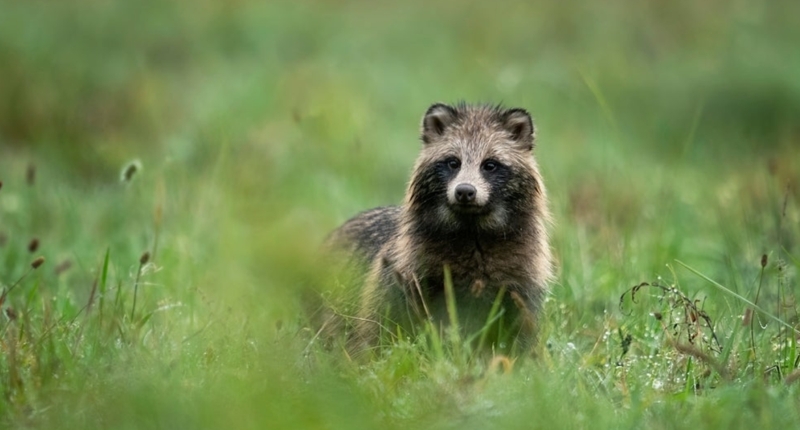A new scientific report suggests that raccoon dogs may have played a role in the origin of the COVID-19 pandemic. The report examined a sample collected by Chinese investigators in 2020 from a Wuhan market and found over 4,500 lengthy fragments of genetic material from raccoon dogs and none from humans. While the report acknowledges that the presence of genetic material from animals in the same place as genetic material from the virus doesn’t necessarily indicate that the animals were infected, some scientists believe that the high concentration of raccoon dog genetic material indicates that these animals may have been carrying the virus in the market in late 2019. The report argues that illegally traded wild animals likely ignited the pandemic. The findings suggest that raccoon dogs may have been a contributing factor to the pandemic’s spread, and wildlife trade was likely the root cause.
A team of international experts has released a new scientific report suggesting that raccoon dogs may have played a role in the origin of the COVID-19 pandemic, which has killed millions of people globally. The report examined a sample collected by Chinese investigators in 2020 from a Wuhan market while searching for clues about the outbreak. The sample contained more than 4,500 lengthy fragments of genetic material from raccoon dogs and none from humans. Some COVID-positive swabs taken from other objects and surfaces at the market also had more genetic material from animals than from humans.
Although the report acknowledges that the presence of genetic material from animals in the same place as genetic material from the virus doesn’t necessarily indicate that the animals were infected, some scientists believe that the high concentration of raccoon dog genetic material indicates that these animals may have been carrying the virus in the market in late 2019. The report argues that illegally traded wild animals likely ignited the pandemic.
The Chinese researchers who initially uploaded important data about the virus removed it from the database when the international team of experts contacted them. Later, the database administrators stopped international scientists from accessing the information, accusing them of breaking the rules. The report adds that the evidence from the swab strengthens the case that illegally traded wild animals were responsible for the pandemic.
Theodora Hatziioannou, a virologist at Rockefeller University, notes that the absence of human DNA in the sample suggests that infected animals were responsible for the virus’s transmission. She states that “if it was a human shedding the virus, one would expect to find human DNA there, too.”
In conclusion, this report represents a new angle in the ongoing investigations into the origins of the COVID-19 pandemic. The findings suggest that raccoon dogs may have been a contributing factor to the pandemic’s spread and that illegal wildlife trade was likely the root cause.
Microbiologist Frederic Bushman of the University of Pennsylvania reportedly agrees that the methods used in the new scientific report are sound. However, he believes that the simplest explanation is that it was an infected raccoon dog that played a role in the COVID-19 outbreak. He adds that he doesn’t think the report provides absolute proof.
Don’t miss interesting posts on Famousbio










